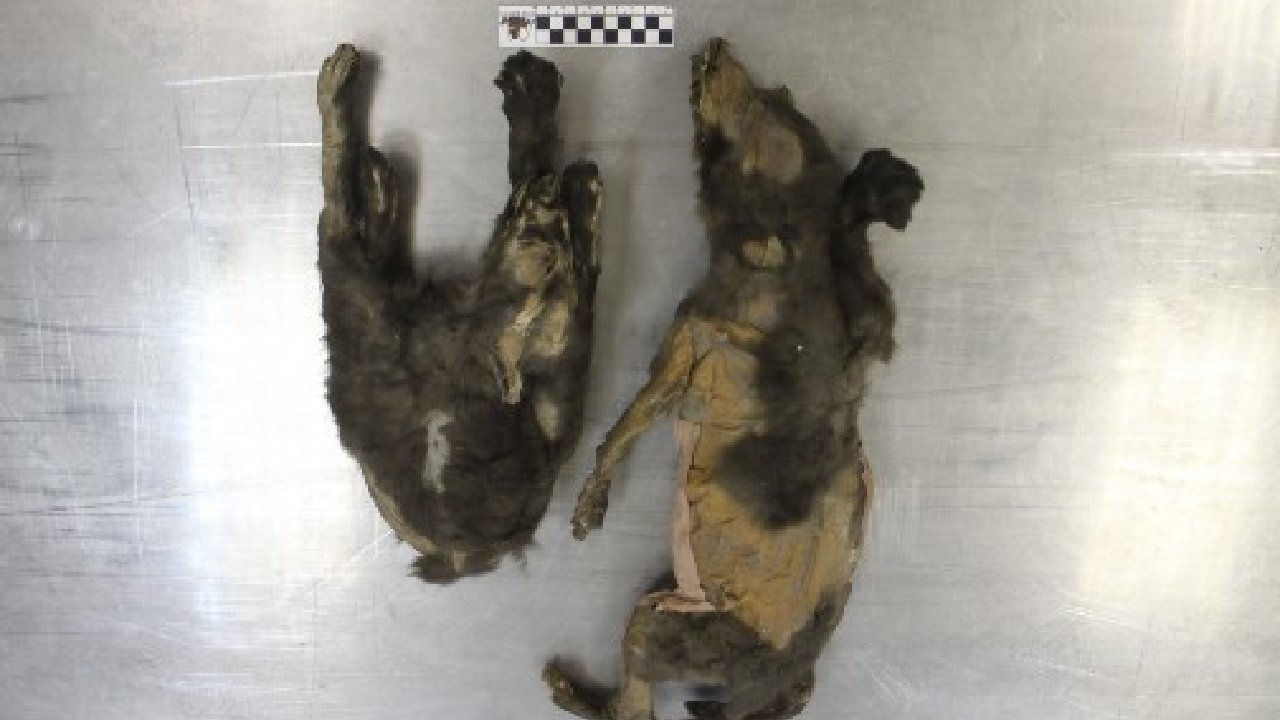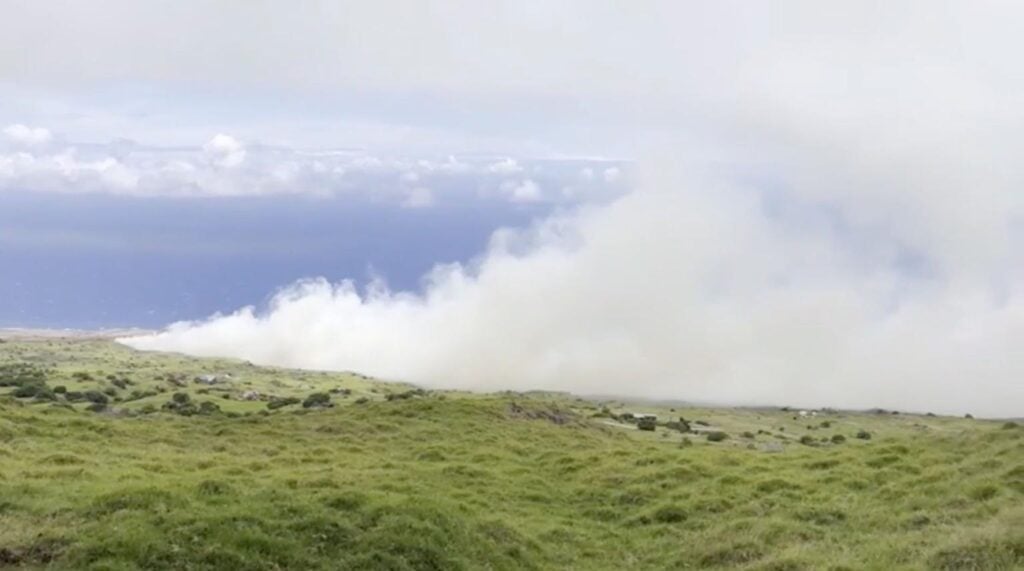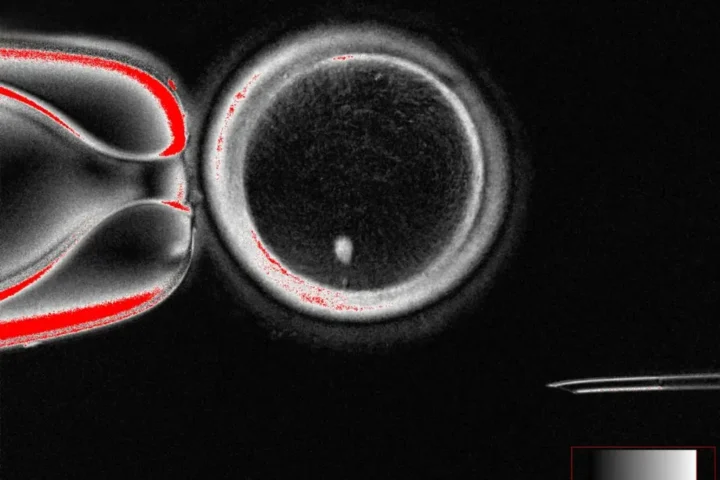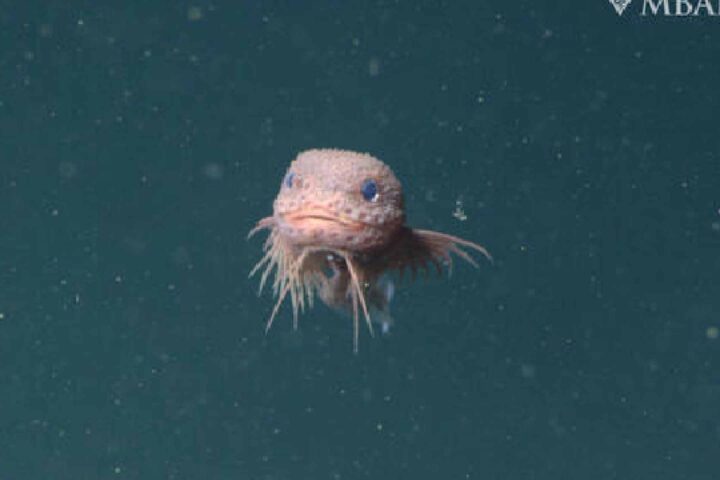Scientists have solved a 14,000-year-old mystery about two perfectly preserved canine remains found in Siberian permafrost. What were once thought to be early domesticated dogs have now been identified as wolf cubs, according to new research published in the journal Quaternary Research.
The remarkable specimens, nicknamed the “Tumat Puppies” after the nearest village to their discovery site, were found separately – one in 2011 and the other in 2015. Still covered in fur with their stomach contents intact, these Ice Age remains offered scientists a rare opportunity to study ancient canids in exceptional detail.
“It was incredible to find two sisters from this era so well preserved, but even more incredible that we can now tell so much of their story, down to the last meal that they ate,” said lead researcher Anne Kathrine Runge from the University of York’s Department of Archaeology.
Using advanced genetic analysis and chemical “fingerprinting” techniques, researchers examined the cubs’ bones, teeth, and soft tissues. The results confirmed they were female siblings from the same litter, approximately 7-9 weeks old when they died between 14,046 and 14,965 years ago.
What made these findings particularly interesting was the animals’ last meal. Scientists discovered woolly rhinoceros remains in one cub’s stomach, along with feathers from a small bird called a wagtail. The rhino skin showed minimal digestion, suggesting the cubs died shortly after eating.
“The hunting of an animal as large as a woolly rhinoceros, even a baby one, suggests that these wolves are perhaps bigger than the wolves we see today,” explained Dr. Nathan Wales, a researcher at the University of York. The cubs were likely fed by adult pack members who had hunted a young rhino calf.
The initial theory that these animals were early dogs stemmed partly from their discovery location. They were found near woolly mammoth bones that showed signs of human processing, leading to speculation they might have been tamed wolves or early dogs scavenging at a human butchering site.
Their black fur color also pointed toward domestication, as this trait is commonly associated with modern dogs. However, the new analysis challenges this assumption, showing these ancient wolves had black fur despite having no genetic connection to today’s domestic dogs.
“It also means that the mystery of how dogs evolved into the domestic pet we know today deepens, as one of our clues—the black fur color—may have been a red herring,” Runge noted.
Similar Post
Importantly, researchers found no evidence of mammoth consumption in the cubs’ digestive tracts, suggesting they weren’t being fed by humans. Previous DNA tests had already indicated they belonged to an extinct wolf population unrelated to modern dogs.
Plant remains in their stomachs revealed they lived in a diverse environment with various vegetation, including prairie grasses, willow twigs, and leaves from shrubs. Like modern wolves, they had a mixed diet of both meat and plants, while still nursing from their mother.
The cubs showed no signs of injury, leading researchers to believe they died when their underground den collapsed, possibly from a landslide. “Today, litters are often larger than two, and it is possible that the Tumat Puppies had siblings that escaped their fate,” Wales said. “There may also be more cubs hidden in the permafrost.”

While the finding disappoints those hoping for evidence of early dog domestication, it provides valuable insights into Ice Age ecology and wolf behavior. The research shows remarkable similarities between ancient and modern wolves in their diet, breeding habits, and social structures like den rearing and pack hunting.
The study was conducted by an international team with researchers from Belgium, Canada, Denmark, Germany, Russia, and Sweden. Their findings not only close one chapter in the search for the world’s oldest dogs but also open new windows into understanding how wolves lived during the Late Pleistocene period.
For scientists still seeking the origins of dog domestication—often considered the first animal humans domesticated—the search continues elsewhere, with the question of when and where wolves first became our companions remaining unanswered.


















